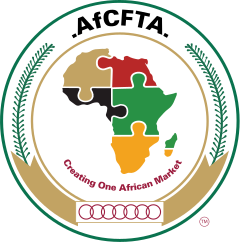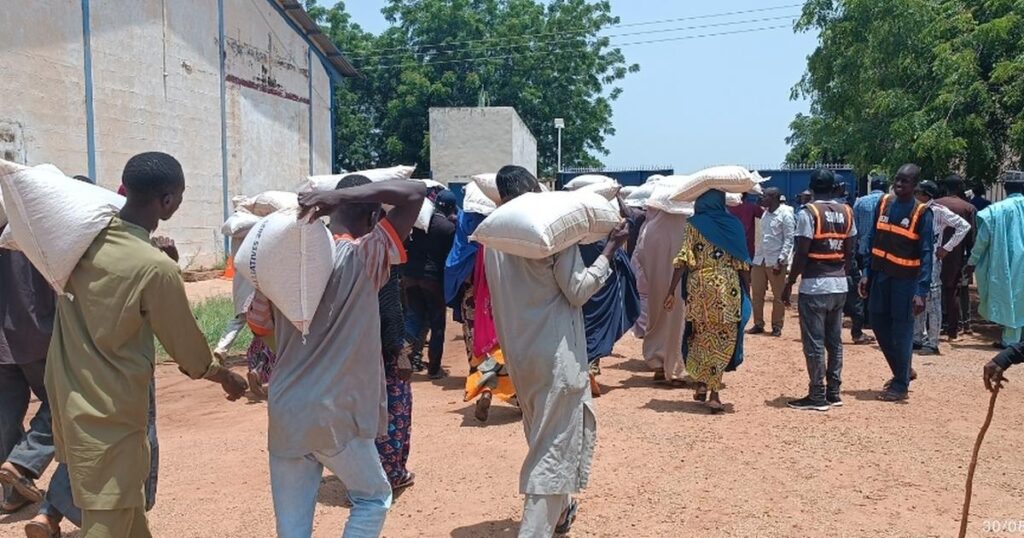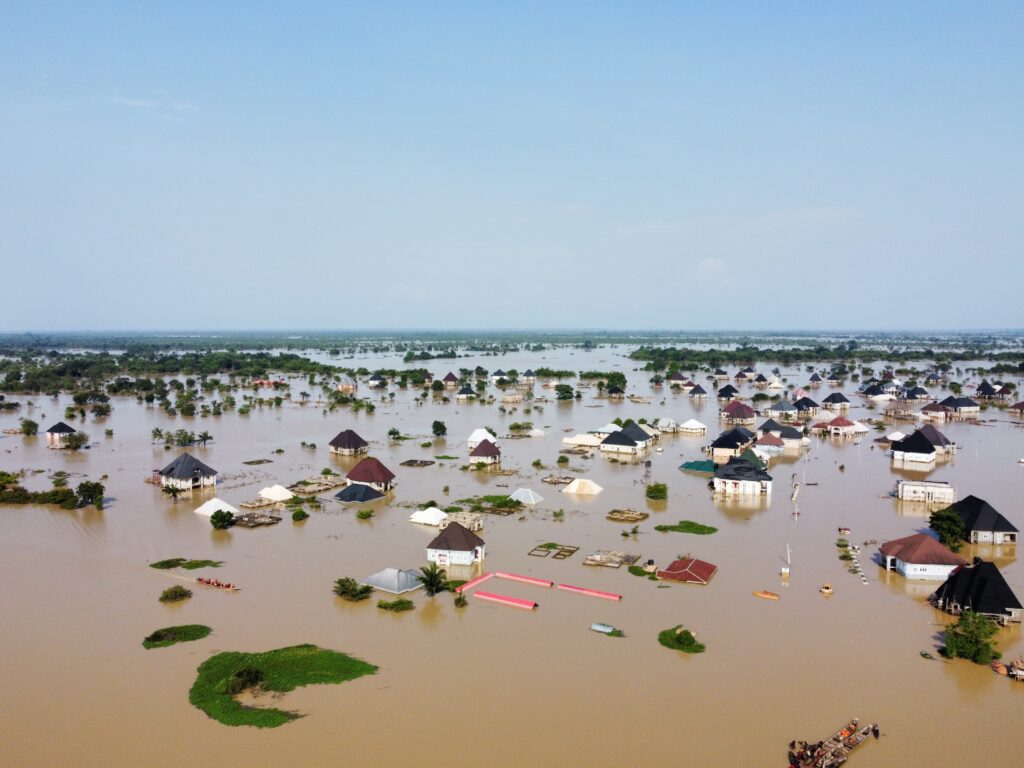In 2018, African leaders introduced the continent’s largest trading bloc, the African Continental Free Trade Area (AfCFTA). The move symbolised a new era of financial integration and a prosperous Africa. With effect on January 1, 2021, the free trade agreement aims to create the world’s largest single market, encompassing 54 African countries with a combined GDP of over $3 trillion. With AfCFTA embarking on restructuring Africa’s world of trade, it holds the promise of accessing new paths to progress, investment and growth.
The invention of AfCFTA has been a long and complicated process in Africa’s sustained strive for economic freedom. Initiatives such as the Abuja Treaty and the Lagos Plan of Action were foundations for AfCFTA, which promises to provide impetus for economic growth and development throughout Africa. By implementing its rules, 90% of the goods will no longer be subject to tariffs, increasing trade within Africa by over 50%. These escalated trade flows will stimulate GDP growth and create many new jobs, mainly in areas such as agriculture, manufacturing, and service providers. For instance, the East African Community (EAC) is an example of a trade bloc that has already seen considerable gains from regional integration.
Despite its advantages, AfCFTA faces issues like inadequate infrastructure, governing rules and capacities. This is evidenced by the ineffective transport networks and porous borders, which are some of the problems that have not been fully addressed within Africa. Also, the rise of military juntas in some countries poses a hindrance through border closures and trade restrictions. For example, in Mali, the military takeover in 2020 led to the suspension of trade agreements with neighbouring countries and diplomatic isolation from regional organisations. Also, Nigeria closed all its land borders as part of its sanctions on the Niger military junta in 2023. Although these are some of the most significant issues for developing countries, they also provide opportunities, especially in logistics, commodity trade and digital infrastructure. Organisations like Jumia, Africa’s foremost e-commerce platform, are aware of the opportunities presented by the digital revolution and the ability to bypass trade obstacles and expand their audience.
Sectoral analysis reflects on the multiple mechanisms for growth and development that are explorable under AfCFTA. Through agriculture, for example, cooperation can boost added value production, increase food security, and give a break to agricultural exports. With countries like Kenya and Ghana able to set themselves up as a regional base of farming trades, they have successfully turned their comparative advantages in horticulture and cocoa production into their industries. Moreover, in manufacturing, AfCFTA promises to bring an opportunity to develop industries, secure foreign investment, and have some quality jobs. On the other hand, Rwanda’s automotive sector has been experiencing a surge in popularity within the last few years, and multinational car manufacturers such as Volkswagen and Suzuki have invested in the country.
The basis of AfCFTA is solely on effective regional integration and cooperation between African countries. Regional trading blocs like the Economic Community of West African States (ECOWAS) and Southern African Development Community (SADC) are critical in continental integration, acting as stepping stones for a broader collaborative process. They provide valuable lessons and experiences that equip partners from other wider trading blocs, thus encouraging integration. For example, SACU, the Southern African Customs Union, introduced trade liberalisation among its member countries, which put in itself the diversification of the region’s economy and the integration of its nations.
AfCFTA has a stronghold to bring distinct and extensive social and environmental benefits to the African people and systems. The deal is poised to reduce poverty and social inequality by guaranteeing growth among disadvantaged and marginalised groups. Furthermore, by embracing sustainable practices and green technologies, African countries can mitigate the environmental impacts of increased trade and foster long-term resilience to climate change. Similarly, AfCFTA has enormous geopolitical effects as it changes the nature of Africa’s relations with external partners and international trade systems. China, the continent’s largest trading partner, shows interest in AfCFTA and appreciates it as an instrument for enhancing economic cooperation and expanding its market access in Africa. As AfCFTA is being implemented amidst close monitoring by some traditional counterparts (the European Union and the United States), they seek to uphold their competitive advantage in the African market. Some African countries have started to realise the gains of the AfCFTA through attentive policies and tangible interventions, such as Ethiopia’s industrial parks, which have attracted the bulk of foreign investment, making labour-intensive manufacturing in East Africa possible. In the same way, Mauritius has been using its strategic location and economically favourable environment to become a trade and investment centre for the region in the services sector.
Africa stands at the crossroads of its project of transforming economic and social development as the AfCFTA is enacted. The deal not only comes with challenges but also offers Africa the prospect of realising its economic potential, enhancing regional integration, and improving the life conditions of people on the continent. Hence, democracy, the rule of law, and respect for human rights should be promoted to ensure political stability. The risk of political crisis and coup d’etat can also be mitigated. There is also a need to encourage regional integration and intergovernmental coordination among African nations to leverage the opportunities provided by AfCFTA. Funding infrastructure projects that will enhance transport networks, logistics systems, and border facilities is also important. This comprises improving roads and rail systems to enhance the smooth passage of goods, thus eliminating trade barriers around the continent.
The African Continental Free Trade Area marks an epochal achievement in Africa regarding economic integration and progress. By solving existing problems, taking advantage of new opportunities, and increasing regional cooperation, AfCFTA can present impressive opportunities for the revival of development, investment, and growth in the continent. The African countries on their way to the AfCFTA must maintain persistence to reach the maximum potential of AfCFTA.



